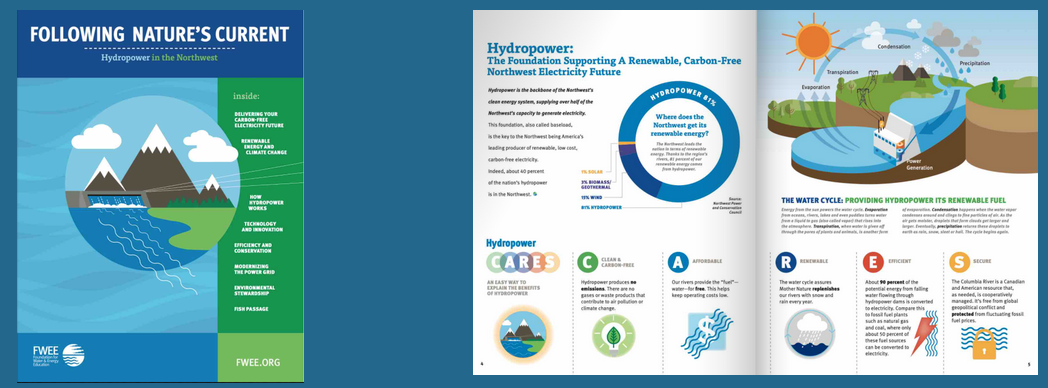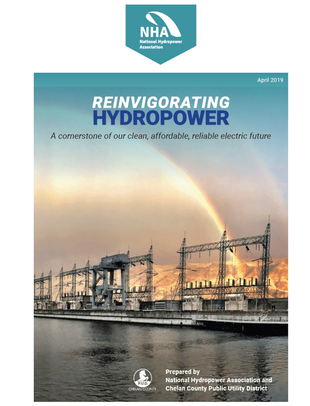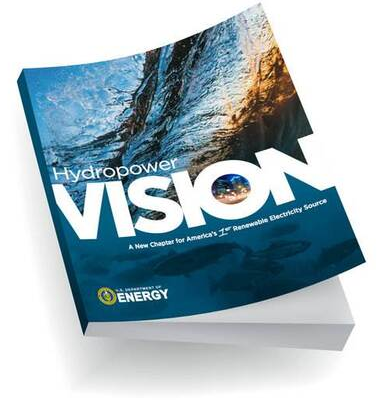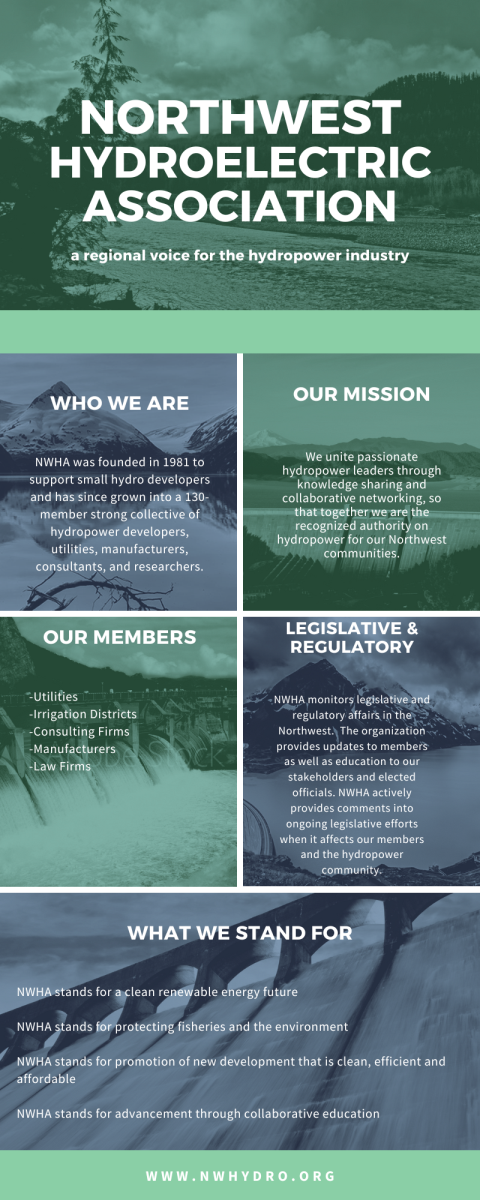Resources for Elected Officials

EXECUTIVE BRIEF: UNDERSTANDING HYDROPOWER IN THE NORTHWEST
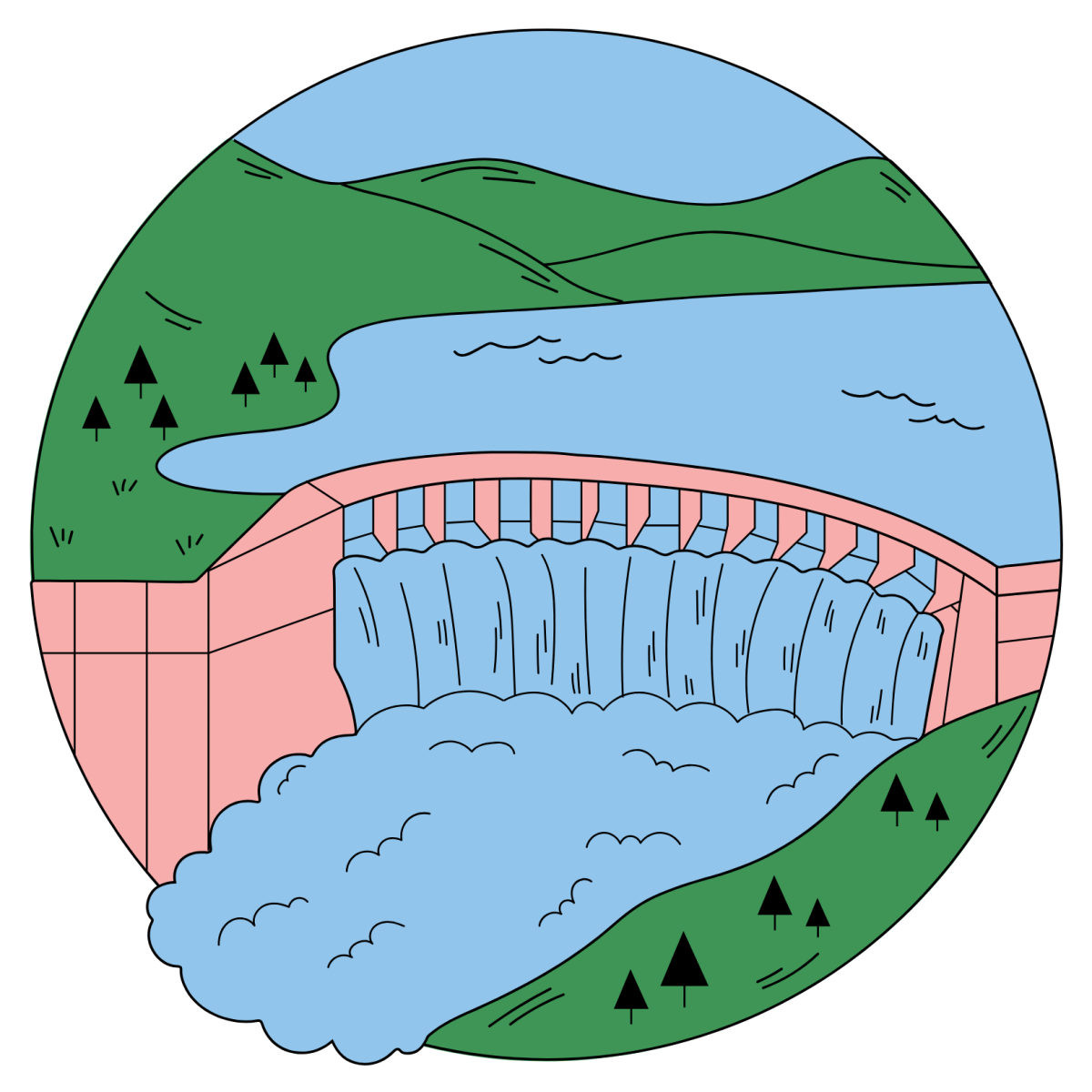
Hydropower plays a crucial role in the United States' energy landscape, offering a renewable and reliable source of electricity.
This guide provides an overview of how hydropower works, key statistics, a focus on the Northwest region, and current priorities for hydropower producers.
Understanding Hydropower
Hydropower harnesses the energy of flowing water to generate electricity. The process involves:
1. Harnessing Water
Using a lake, reservoir, or water that has pressure from an upper basin to a lower basin or river.
2. Water Intake
Directing water through intake structures.
3. Turbine Rotation
As water flows through turbines, it spins them.
4. Electricity Generation
The spinning turbines activate generators, producing electricity.
5. Power Distribution
The generated electricity is transmitted to homes and businesses.
For a visual explanation and a 3-minute overview of the different types of hydropower, check out this video.

Hydropower in the United States
Hydropower is a significant component of the U.S. energy mix:
Installed Capacity
As of 2023, the U.S. has an installed hydropower capacity of approximately 86,567 MW (1)
Electricity Generation
In 2022, hydropower accounted for about 6% of total U.S. utility-scale electricity generation, producing approximately 254.7 terawatt-hours (TWh) of electricity. (2)
Renewable Contribution
Hydropower represented 40% of electricity generated from renewable sources in 2023. (3)

Hydropower in the Northwest
The Northwest region of the US is a leader in hydropower production:
Resource Availability
The region's abundant rivers and favorable topography make it ideal for hydropower generation.
State Contributions:
To see what hydropower means to your district and state, check out these Hydropower State Fact Sheets.
Washington
Leading the nation in hydropower production, Washington's Grand Coulee Dam is one of the largest hydropower facilities in the world.
Oregon
Home to numerous hydropower plants, contributing significantly to the state's electricity supply.
Idaho
Utilizes hydropower for a substantial portion of its energy needs.
14 Million Homes are served by hydropower in the Northwest.
Hydropower generates 47% of electricity in the Northwest and 85% of carbon-free electricity in the region.

Priorities for Hydropower Producers
Hydropower producers are focusing on several key areas:
1. Tax Credits and Incentives:
Tax credits from the Inflation Reduction Act, including funds from Elective Pay, are unleashing modernization of the hydropower fleet in a way that is meaningful to creating renewable energy in the U.S. and paramount to energy security.
2. Infrastructure Funding:
Grant and Loan funds from Bipartisan Infrastructure Law are enabling job creation, energy security, and advancing the US’s energy production leveraging hydropower’s ability to provide steady baseload to our communities.
Questions?
Hydropower remains a vital part of the United States' energy strategy, offering renewable and reliable electricity. If we can answer further questions or help provide context on hydropower in the energy space, please let us know.
For a regional contact, you can email brenna@nwhydro.org.

(1) https://globalenergymonitor.org/projects/global-hydropower-tracker/
(2) https://www.eia.gov/state/seds/
(3) https://www.energy.gov/eere/water/hydropower-program
For a regional contact, you can reach out to www.NWhydro.org or email brenna@nwhydro.org.
POLICY & LEGISLATIONA LOOK AT LEGISLATION AND KEY POLICIES FOR HYDROPOWER |
||
THE FUTURE OF HYDROPOWERHYDROPOWER'S VISION AND PLAN FOR GROWTH |
Reinvigorating Hydropower: |
Hydropower Vision: |
Legislative & Regulatory contacts
Legislative and Regulatory Committee Chair
Andrea Wortzel, General Counsel for NWHA
Troutman Pepper
Want to Know More?
HYDRO OPERATIONS
Learn More
RENEWABLE ENERGY
Learn More
CLIMATE CHANGE
Learn More
LEGAL & REGULATORY UPDATES
Learn More
HELPFUL LINKS
Learn More
HYDRO IN MY STATE
Learn More

